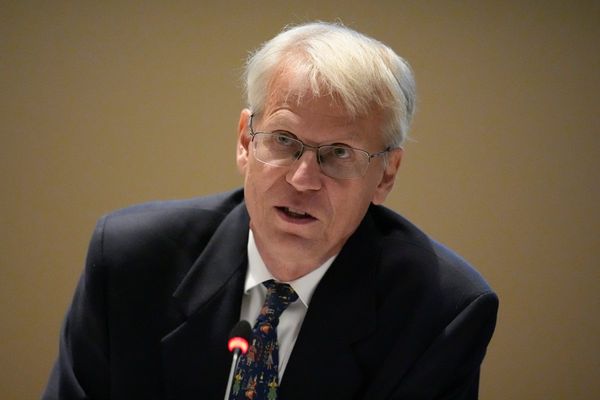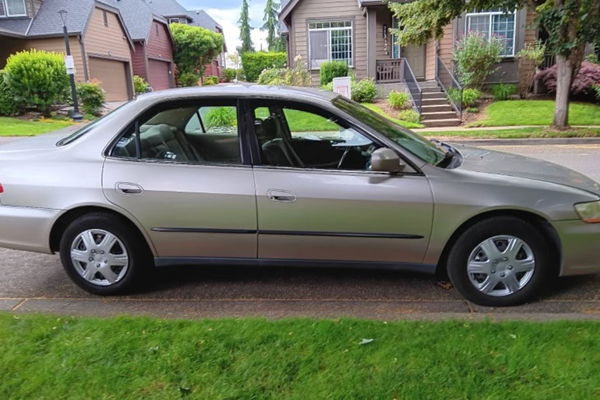
Nine Entertainment will spend $50m digitising 200 years of newspaper archives and 60 years of TV and invest in new AI tools but has stopped short of revealing what media assets it may acquire with a cash windfall from the sale of Domain.
Speaking at Nine’s full-year results, the chief executive, Matt Stanton, said the sale of Nine’s 61% stake in the real estate portal went through on Wednesday and provided a significant capital return to shareholders as well as a stronger balance sheet for Australia’s biggest media company.
The publisher of the Australian Financial Review and owner of Channel Nine posted profits of $194m, down 10%, and revenue was $2.68bn, up 2%.
Industry speculation about which companies Nine may target should it want to diversify has been rife since the publishing and broadcast company secured $1.4bn for the sale of Domain.
News Corp has reported Nine may be considering acquiring radio broadcaster Southern Cross Austereo, owners of the Triple M network and the LiSTNR digital audio platform but Nine has declined to confirm the talks.
An outdoor advertising company like oOh!media has also been mentioned by analysts as a potential target.
Stanton would not be drawn on the speculation. “We don’t react to market speculation,” he said. “That’s not something we put in the papers, I can tell you that for sure.”
Stanton detailed what he called “organic investments”, including the digital archive, but gave away nothing when it came to “inorganic” or external investments at the results briefing.
Digitising would make Nine “the most potent and reliable source of Australia’s story” and “Australia’s history will be available like never before”, he said.
“These planned investments are expected to total around $50m in FY 26. While our primary focus is on strengthening the core we will continue to review our portfolio of assets,” he said.
This appeared to be a nod towards Nine’s consideration of off-loading Nine Radio, which owns 2UE and 3AW, because talk radio is no longer profitable and skews towards an older demographic.
Stanton revealed the publishing division, which houses the Sydney Morning Herald and the Age, has now reached a point where digital subscription revenue growth is exceeding the print decline. However, revenue was down by 6%.
“Over the past three years, our metro business [metropolitan newspapers] has recorded double-digit growth in digital subscription revenues, a testament to our content strategy,” he said.
About 63% of all publishing revenue is now digital.
Despite the success of the Paris Olympics for Nine in terms of revenue and subscriptions, costs in the TV division, which is in structural decline, blew out by $80m.
One of the more successful parts of Nine is streaming service Stan, which recently bought broadcast rights to the Premier League, the most watched football competition in the world. Stan’s earnings have grown by 31% to $60m.
“Through 2026, and beyond, Nine will increase its focus on organic investment opportunities, focusing on further accelerating Nine’s group strategy, using the power of the Nine group to deepen our connection with audiences and advertisers, by harnessing our unique data and premium content to drive growth,” he said.
Nine will reportedly pay out $840m in dividends to shareholders after the sale of Domain Group to the American firm CoStar.
Stanton said Nine will continue its $100m cost-cutting program, announced in November.
Last year the former chief executive Mike Sneesby culled 200 jobs including about 80 journalists in the publishing division.







